What's causing a gender gap in Wisconsin's covid vaccinations?
More women are getting COVID-19 vaccinations than men around the state, and factors like age, job, politics and attitude toward health care each play a role in this persistent phenomenon.
By Kristian Knutsen, Will Cushman
November 30, 2021

(Credit: Illustration by Will Cushman, images via Pixabay and National Institute of Allergy and Infectious Diseases/Rocky Mountain Laboratories)
One of the chief public health conundrums of the COVID-19 pandemic is understanding why different groups of people decide to get vaccinated at various levels and how to encourage vaccination in communities where rates are lagging. While public embrace of the vaccines has been broad, with about seven in 10 Wisconsin adults having taken that step to protect themselves, it has been by no means universal.
Racial and ethnic disparities are one major focus of public health outreach campaigns, while political differences in embracing the vaccine are the subject of copious analysis and prognoses. Age differences resemble a staircase, with each older age group more likely to have gotten vaccinated. One of the most persistent differences, though, is by sex, with women consistently getting vaccinated at higher rates than men since the shots were first made available.
In Wisconsin, the COVID-19 vaccination gap between females and males is nearly seven percentage points. When it comes to getting at least one dose, as of Nov. 28 a total of 55.2% of males 12 and older have done so compared to 62% of females, with the share fully vaccinated at 52.3% and 59.2%, respectively. This gap is slightly wider among adults, closer to eight percentage points.
A gender gap in covid vaccinations is a national phenomenon. The Centers for Disease Control and Prevention reports a difference of nearly five percentage points among people who have received at least one dose of a covid vaccine, with women accounting for 52.4% of that group compared to men at 47.6% as of Nov. 29. That gap is slightly wider among people considered fully vaccinated. (There is a gap in the data itself, though, with information about sex available in just over 91% of all people who have received one dose or are fully vaccinated.)
This gap has persisted since the first doses were administered at the end of 2020. Nationally, it was particularly wide during the first several months vaccines were distributed before narrowing over the course of 2021.
Several factors contributed to the initial gender gap in vaccination rates. When COVID-19 vaccines were first approved, their distribution was targeted by age and occupation, with older adults initially eligible to get the shots, alongside people who worked in health care and education fields.
Attracting attention as eligibility expanded in the spring, the covid vaccination gender gap has been observed in numerous places, including Los Angeles County, California, Florida, Kentucky and South Carolina. This dynamic isn’t exclusive to the U.S. either, having been observed in British Columbia, Canada. Meanwhile, the vaccination gender gap goes in the opposite direction elsewhere, across India and in different nations around Africa, where men are generally getting the shots at higher rates than women.
The breadth of the vaccination gender gap is not the same in all places, including within Wisconsin. It varies at the county level, with the gap ranging between a handful of percentage points up to as much as a dozen. However, there is no clear geographic pattern that might explain these differences.
The Wisconsin counties with the smallest vaccination gender gaps are both urban and rural, and along related lines, have vast differences in their populations. These counties with smaller gaps are located in both northern and southern parts of the state, as well as its eastern and western stretches.
At this narrower end of the gap, though, there are distinct differences in the overall vaccination rates. For example, Dane County has Wisconsin’s highest overall level of vaccination, with 72.6% of its population having completed their series as of Nov. 28. Meanwhile, Taylor County has the state’s lowest vaccination rate, at 32.1% as of Nov. 28. Yet both counties have among the smallest gender gaps, with Dane County at 5.2% and Taylor County at 4.7%, which is the narrowest difference in the state.
Similarly, counties with the widest gender gaps can be found across Wisconsin, though many are located in a stretch running from northwest to southeast through the center of the state.
A multiplicity of factors could be playing a role in the ongoing vaccination gender gap, both at a general level and among different counties. Prominent possibilities include the fact that a larger number of older adults are women and more women work in fields like health care and education, given that both age and workplace have been prioritized in vaccination distribution. Yet there are other influences, including differences in perceived gender roles, attitudes toward preventive health practices and partisan political dynamics. Each looks to be contributing in some way to this persistent disparity, but they are tangled together in a way that doesn’t provide simple answers.
Health gender gaps
Vaccination is only one element to a broader covid gender gap. Even before the shots were available, disparities in serious disease and death between men and women were well documented. Nearly a year after the covid vaccination campaign started, the death rate among men continues to be significantly higher than for women, with at least 65,000 more American men dead from the disease than women by October 2021.
Even in the face of covid’s disproportionate impact on men, some evidence suggests women are more likely to consider covid a serious health threat. A survey conducted in December 2020 of more than 13,000 people across 10 nations including the U.S. found that women were more likely to believe they would get COVID-19 and become seriously ill. This survey also found higher levels of self-reported vaccine hesitancy among women than men, as did a much smaller survey of health care workers in California.
Despite these mixed indicators, women in Wisconsin and across the U.S. have consistently outpaced men in getting covid vaccines. A complex set of factors likely underpins this dynamic, according to Amanda Simanek, an epidemiologist at the University of Wisconsin-Milwaukee who studies social disparities in health.
While Simanek hasn’t looked specifically at what might be causing the sustained disparity in covid vaccination rates among men and women, Simanek pointed to some possible explanations.
Most obvious is the larger share of women 65 and older, as well as the vastly higher number of women in the health-care workforce compared to men.
By the end of the 2010s, women on average were living just over five years longer than men in the U.S. In 2019, the final year before the pandemic struck, the CDC reported a life expectancy of 81.4 years for women compared to 76.3 years for men. That difference means there are many more older women than men, with a 2017 projection for 2020 finding 84 men for every 100 women between the ages of 65 and 84, and 56 men for every 100 women above the age of 85. Simply put, more women got vaccinated earlier because there are many more of them who are older adults.
At the same time, early vaccine access was prioritized for people who work in health care. The U.S. Census Bureau reported in 2019 that over three-quarters of all healthcare jobs were held by women, with their overall numbers increasing given a growth trend in jobs projected to continue as the industry grew with an aging population.
A 2020 survey by the Wisconsin Center for Nursing and UW-Madison School of Nursing found that nearly 92% of registered nurses in the state identified as female. A 2017 report by PHI National, a national organization that researches long-term care policy issues, found that nearly 90% of direct-care workers in Wisconsin at that time were women.
Workers in these fields were among the first to become eligible for the covid vaccinations in December 2020. Hospital systems and nursing homes have also turned to employee vaccine mandates to a greater degree than other employers, which could help drive up the vaccination rate among their largely female workforces.
Similarly, educators were among those prioritized after health-care workers for vaccine distribution, and a U.S. Department of Education report issued in 2020 indicated that over three-quarters of all teachers in public and private schools were women.
On top of those age and occupational factors, Simanek said there’s established evidence that men and women treat their health differently, and therefore have different health outcomes. One reason may be adherence to common social norms surrounding gender.
“Our health behaviors are very gendered and are one of the ways that we sort of perform our gender,” Simanek said. Such norms may help explain why women tend to be more proactive about their health, she added.
“I can’t say that’s what’s playing out here,” Simanek said about Wisconsin’s covid vaccine gender gap, “but there’s a literature that supports this idea that women are more likely to engage in those types of [proactive] activities” like getting vaccinated.
Shifting social norms around gender may help explain why the covid vaccination gap between men and women is smaller in younger age groups.
Simanek also noted the political dimension that getting vaccinated for covid has taken, with Democrats much more likely to enthusiastically back the shots than Republicans given that American women are more likely to be Democrats or lean left than men.
“Everything from mask-wearing to vaccine uptake has become very politically embroiled, so there could be some trends in that direction,” Simanek said.
The political gap
When it comes to gender gaps, distinct partisan differences in how women and men vote in the U.S. are better studied. Going back to the 1980 general election, women have been more likely to favor the Democratic presidential candidate while men have been more likely to favor the Republican presidential candidate, with the difference ranging from a handful to about a dozen percentage points. This gap varies every four years given the circumstances of each election, including in 2020, but it has been apparent for decades.
Of course, tens of millions of men vote for Democratic candidates and tens of millions of women vote for Republican candidates, and it’s those partisan labels and identities that reflect increasingly different and in some ways separate ways of looking at the world. The COVID-19 pandemic is no exception to these trends.
The politics of the pandemic were swiftly enveloped by the American political divide, with vaccinations among the most visible elements where a gulf between Republicans and Democrats is at its most vociferous. Over the course of 2021, as COVID-19 vaccines became widely available around the U.S., the degree to which a given place embraced or eschewed them took on a prominent political flavor.
Surveys have found that Democrats say they’re more likely to have been vaccinated than Republicans, which is confirmed by public health reporting that shows counties where more voters favored Joe Biden in the 2020 election generally have higher vaccination rates than those where more voters favored Donald Trump. Between April and September, the vaccination gap between Biden and Trump counties widened from just over 2% to nearly 13%.
Indeed, researchers at the University of Kansas have found that individual political ideology has been a key factor in the health behaviors of people during the pandemic, with conservatives and Republicans less likely than liberals and Democrats to favor a variety of policies intended to mitigate infections, including closures, distancing and masking.
“It’s helpful to put the overall gender gap in the context of greater compliance with health and safety measures among women compared to men in areas beyond covid,” said Barry Burden, a professor of political science at the University of Wisconsin-Madison and director of its Elections Research Center. At the same time, though, “the partisan gender gap is also surely connected to the gap in vaccination rates,” he added.
Burden noted that women voters in Wisconsin have tended to favor Democratic candidates by about 10 points in recent elections, which is somewhat wider than the 7 point gender gap in vaccinations.
“The shrinking of the gap when it comes to vaccination makes sense because many men and women cohabitate and would probably adopt the same vaccination practices because they share a household even if their partisan proclivities are different,” Burden said. “Political views are part of the calculation but so are other household concerns such as interactions with vulnerable family members.”
Burden also points to the role population size may be playing. Generally speaking, the vaccination gender gap is smaller in counties with larger populations, particularly Milwaukee and Dane, which have among the smallest gaps. There is more variation among smaller counties, though.
“It could be that the small populations in counties such as Adams and Taylor cause the rates to fluctuate more,” said Burden, who noted that slight shifts in vaccination numbers could simply stand out more due to the limited number of people in a given place. “There is less volatility in more populous places,” he added.
That population effect might also intersect with gender differences in occupation, with more women working in education and health care, industries that will still be present in smaller communities. “That might explain why the gaps are largest in some of the smaller counties such as Jackson, Juneau and Adams,” said Burden.
Wisconsin’s widest gaps
The swath of counties running through central Wisconsin that stand out for particularly wide gender gaps in COVID-19 vaccination rates include smaller counties like Jackson, Juneau and Adams. Yet there are larger counties in that stretch as well, including Columbia and Dodge. All have a gap greater than 10 points, while Dodge and Jackson are the only two counties in the state where it exceeds 12 points.
Dodge and Jackson counties are not particularly similar. Dodge County is located near the edge of the Milwaukee metro area and home to nearly 90,000 people. That’s more than four times the population of Jackson County in rural west-central Wisconsin. Politically, both counties typically provide winning margins for Republicans, with Dodge County providing some of the most lopsided margins across the state for Republicans. In 2020, Donald Trump ran ahead in Dodge County by nearly 30 points and in Jackson County by about 15 points.
The two counties are similar in another way — both host large Wisconsin Department of Corrections facilities that each house more than 1,000 inmates. In Jackson County, a medium-security prison has a population of about 900 inmates, while a minimum-security facility hosts more than 100 more. Meanwhile the state maintains four facilities in Dodge County that collectively imprison around 4,000 inmates at any given time.
The corrections facilities in both counties house only adult males. The inmate vaccination rates at all six state correctional facilities in Dodge and Jackson counties all exceed the rates for men generally in each county.
In Dodge County, where about 52% of male residents were fully vaccinated as of Nov. 28, vaccination rates at state correctional facilities ranged from 66-95%, according to data published by the state corrections department. Meanwhile, with an overall male vaccination rate of just under 40%, rates at the two corrections facilities in Jackson County were much higher, at 86% and 90%.
Asked whether vaccination rates among correctional officers and other state staff in the two counties might play a role in their large gender gaps, a spokesperson for the state corrections agency noted that employees often live in neighboring counties and likely aren’t a large enough population to significantly impact the counties’ overall rates.
“I think it is hard to tie the gender gap in those counties to DOC facilities,” said John Beard, director of communications for the Wisconsin Department of Corrections, in an email.
Beard said the large gaps in the two counties are “actually a little confusing, because you would think the institution vaccination numbers would be pushing up male vaccination rates in those counties.”
Narrowing the gaps
Addressing the COVID-19 vaccine gender gap is one of several priorities for the Wisconsin Department of Health Services as it works to push vaccination rates higher across the state.
“DHS is aware of and continuously monitoring vaccination disparities in an effort to best target efforts,” said Elizabeth Goodsitt, a spokesperson for the agency, in an email. “We are working with agencies and stakeholder groups to better understand vaccination gaps across the state, including the gender gap.”
Goodsitt did not provide details about work specifically aimed at addressing the gender gap. She said the agency has focused on building relationships with local health professionals, community-based organizations, religious communities and health organizations around the state to promote public trust in the vaccines.
Online conspiracy theories and misinformation continue to dissuade some people from getting vaccinated, Goodsitt said. She stressed a need for individuals to explain their decision to get vaccinated to friends and family who remain unconvinced.
“We know the best way to promote equity and vaccine confidence is through trusted messengers in local spaces,” she said. “It’s about the personal stories, [and] the one-on-one conversations.”
 Passport
Passport




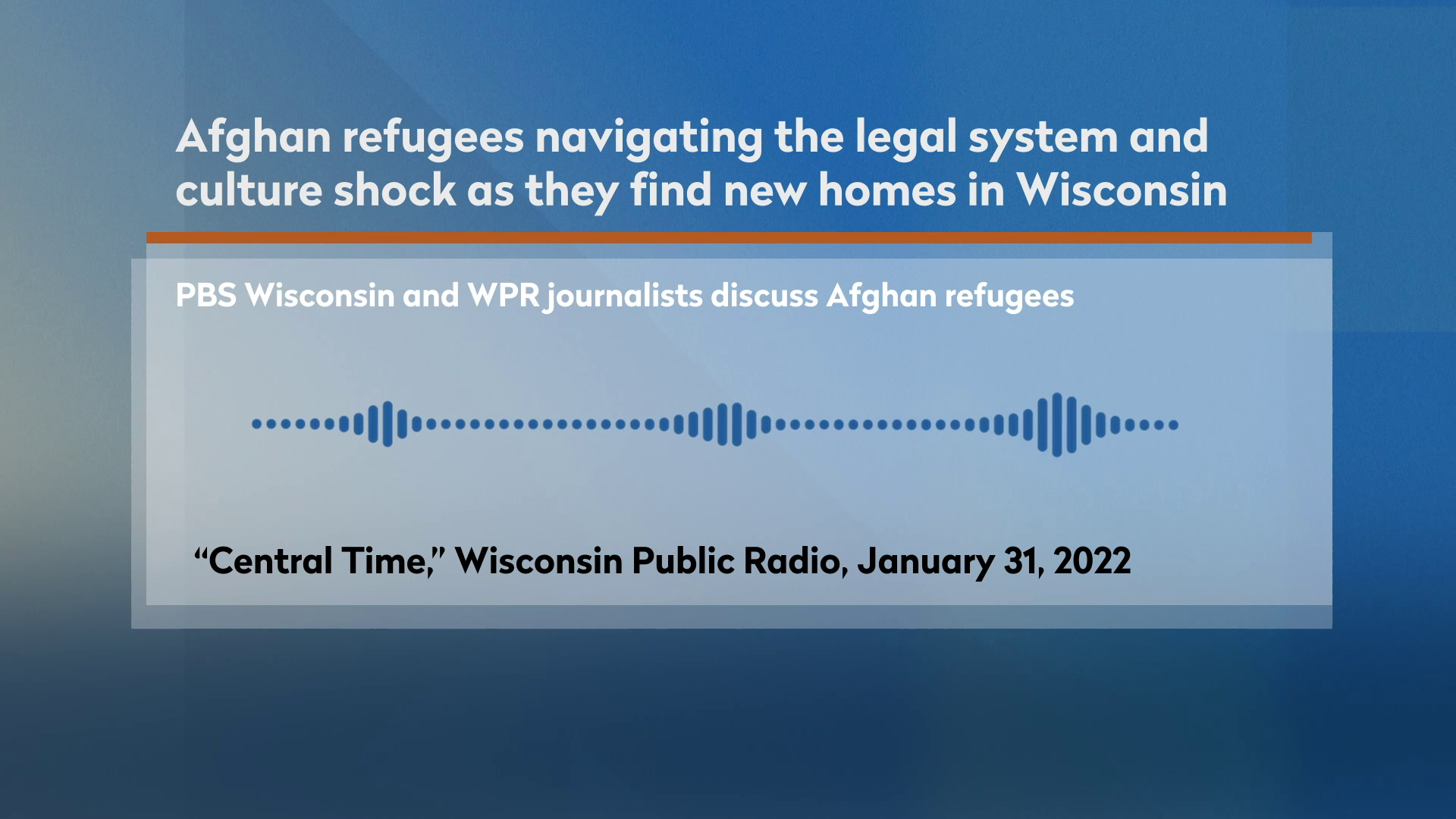

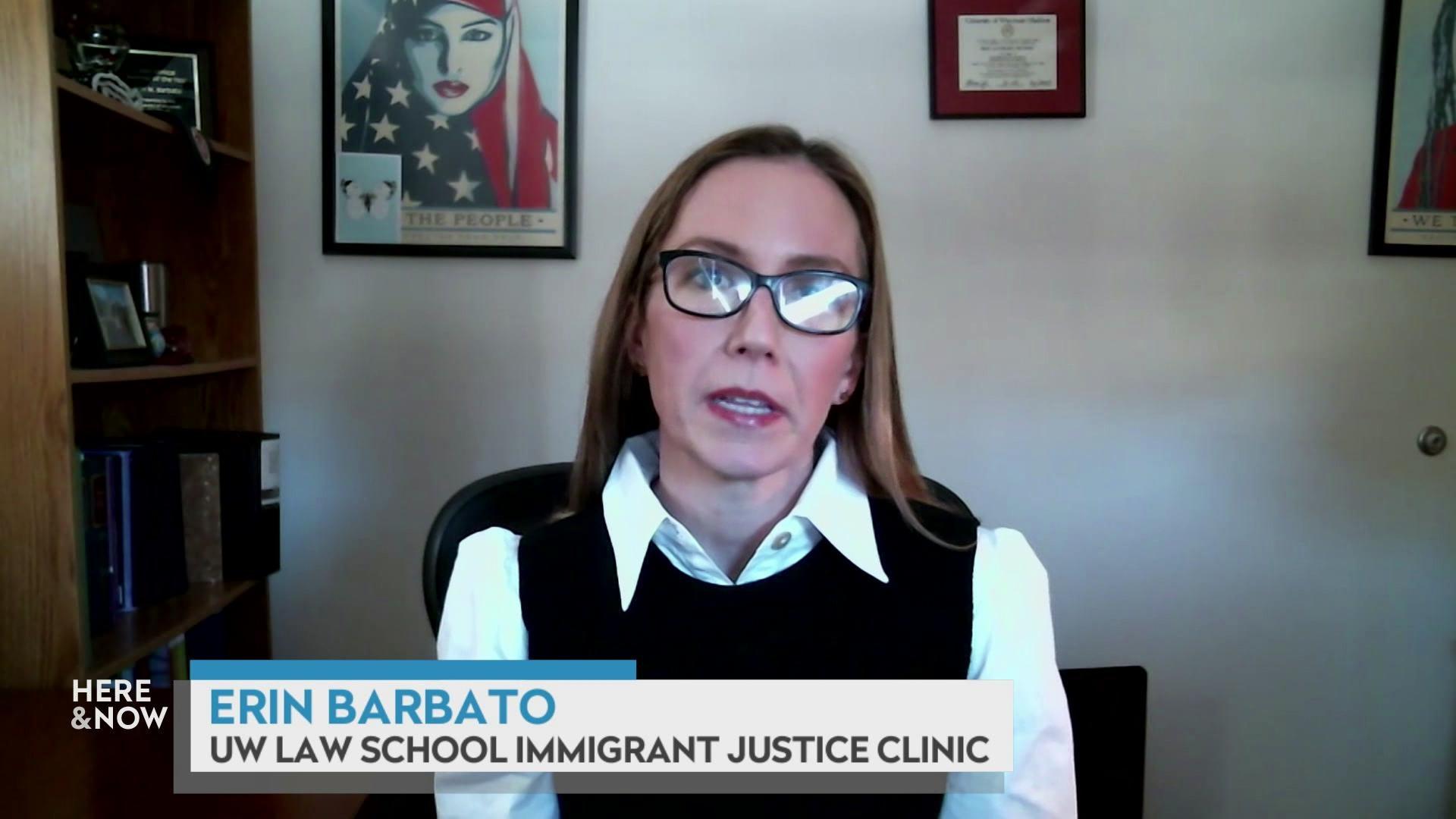
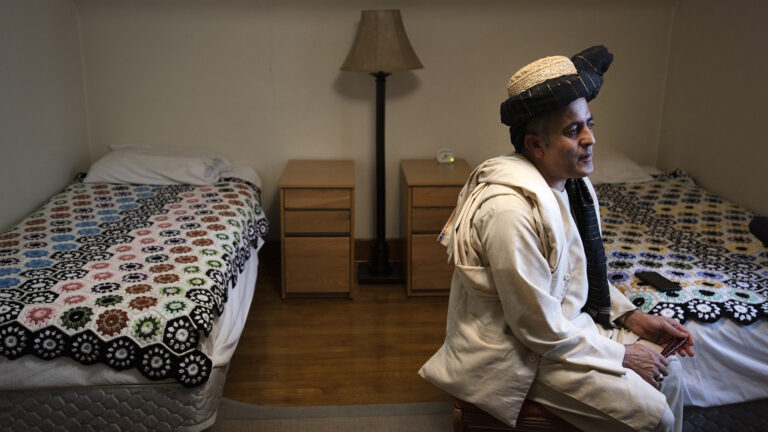
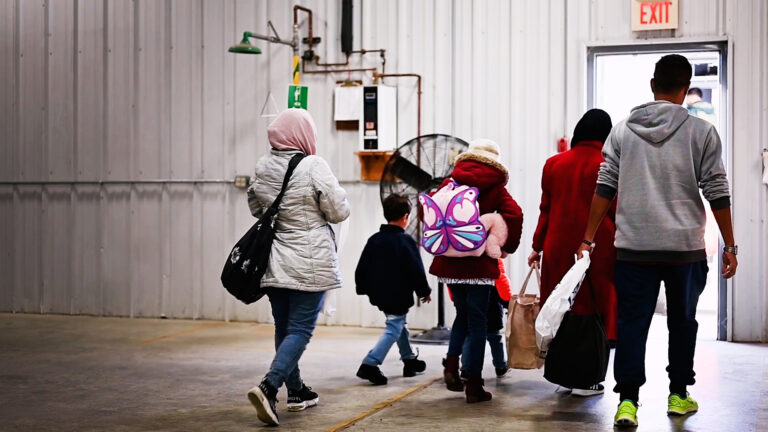
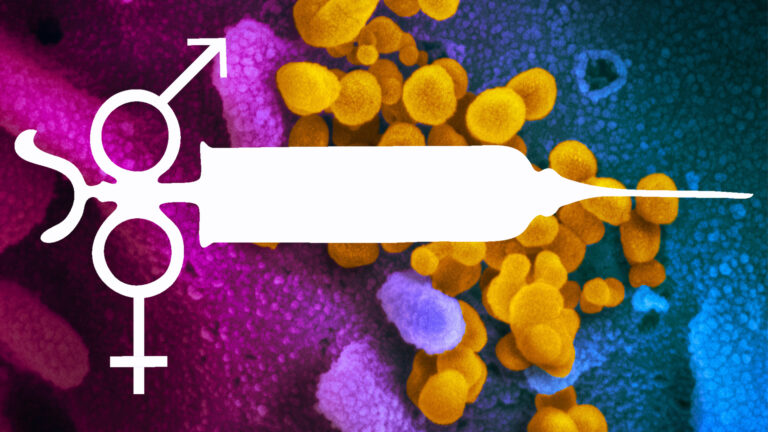

Follow Us